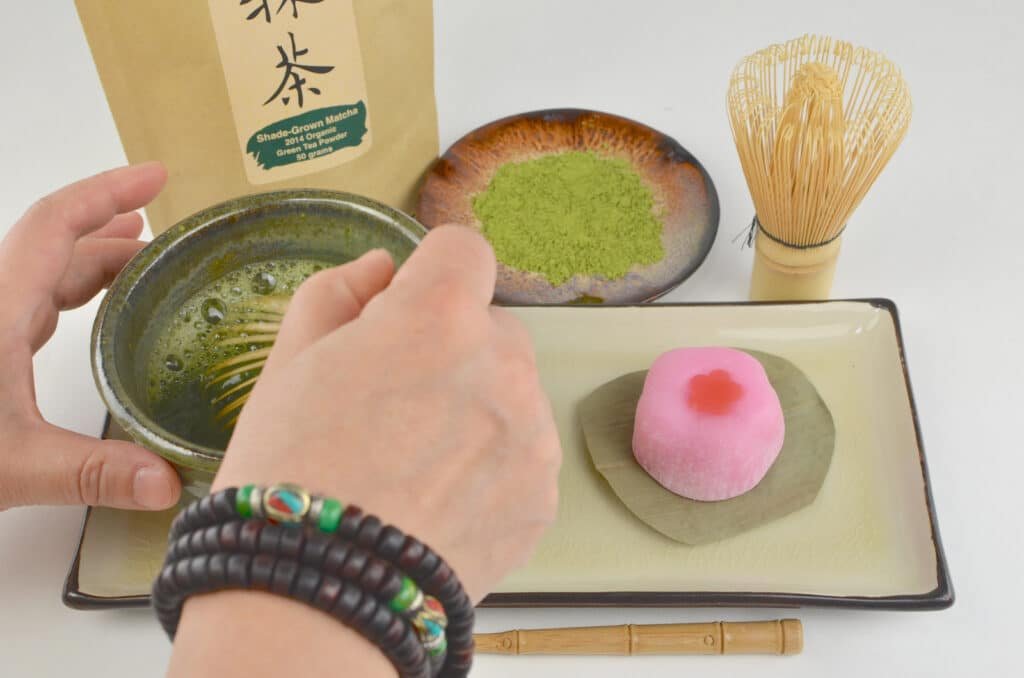🌿 How to Brew Chinese Tea Properly: A Beginner’s Guide for Western Tea Lovers
Chinese tea culture spans over thousands of years, known for its elegance, health benefits, and sophisticated flavors. If you’re new to Chinese teas and wondering how to brew a perfect cup, you’re in the right place. This guide will help you understand the major types of Chinese tea, their characteristics, and step-by-step instructions to brew them the authentic way.

🍵 The Main Types of Chinese Tea
- Green Tea (绿茶 – Lǜchá)
- Example: Longjing (Dragon Well), Biluochun
- Flavor: Fresh, grassy, slightly sweet
- Features: Unoxidized, delicate leaves rich in antioxidants
- Best Water Temp: 75–85°C (167–185°F)
- Steeping Time: 1–2 minutes
- Oolong Tea (乌龙茶 – Wūlóngchá)
- Example: Tie Guan Yin, Da Hong Pao
- Flavor: Floral, toasty, smooth
- Features: Semi-oxidized, perfect balance between green and black tea
- Best Water Temp: 85–95°C (185–203°F)
- Steeping Time: 2–3 minutes
- Black Tea (红茶 – Hóngchá)
- Example: Keemun, Yunnan Dianhong
- Flavor: Malty, bold, sometimes fruity
- Features: Fully oxidized, stronger in flavor
- Best Water Temp: 90–100°C (194–212°F)
- Steeping Time: 2–4 minutes
- White Tea (白茶 – Báichá)
- Example: Baihao Yinzhen (Silver Needle), White Peony
- Flavor: Mild, sweet, refreshing
- Features: Minimally processed, made from young buds
- Best Water Temp: 75–85°C (167–185°F)
- Steeping Time: 3–5 minutes
- Pu-erh Tea (普洱茶 – Pǔ’ěrchá)
- Example: Sheng Pu-erh (Raw), Shou Pu-erh (Ripe)
- Flavor: Earthy, mellow, aged
- Features: Fermented tea, often improves with age
- Best Water Temp: 95–100°C (203–212°F)
- Steeping Time: Rinse + 2–3 minutes
☕️ How to Brew Chinese Tea: Step-by-Step
Whether you’re using a teapot, a gaiwan (lidded bowl), or a simple infuser, here’s how to brew like a pro:
1. Choose the Right Water
- Use filtered or spring water.
- Avoid distilled or chlorinated tap water—it dulls flavor.
2. Use the Correct Temperature
- Overheating can burn delicate green or white tea.
- Invest in a variable-temperature kettle if possible.
3. Rinse the Leaves (Optional but Traditional)
- Quickly pour hot water over the tea leaves and discard.
- This “wakes up” the leaves, especially for oolong and pu-erh.
4. Mind the Tea-to-Water Ratio
- About 1 teaspoon (2g) per 150–200ml (5–7 oz) of water.
- Adjust to taste.
5. Steep with Care
- Use short steeping times and multiple infusions for high-quality loose tea.
- Don’t overbrew—bitterness comes from steeping too long.
6. Use Proper Tools (Optional)
- Gaiwan for a traditional experience
- Glass teapot for watching leaves unfurl
- Porcelain or Yixing clay teapots for specific types like oolong or pu-erh
💡 Extra Tips for a Better Tea Experience
- Store your tea properly: Keep it in an airtight container away from light and moisture.
- Drink mindfully: Chinese tea is meant to be savored slowly, not rushed.
- Explore and experiment: Taste different regions, seasons, and grades.
🌏 Why Chinese Tea Is Worth Exploring
Chinese teas are not just beverages—they are experiences steeped in culture, health, and craftsmanship. Whether you enjoy tea for its calming ritual or its complex flavors, learning to brew it right unlocks a whole new world of sensory pleasure.

